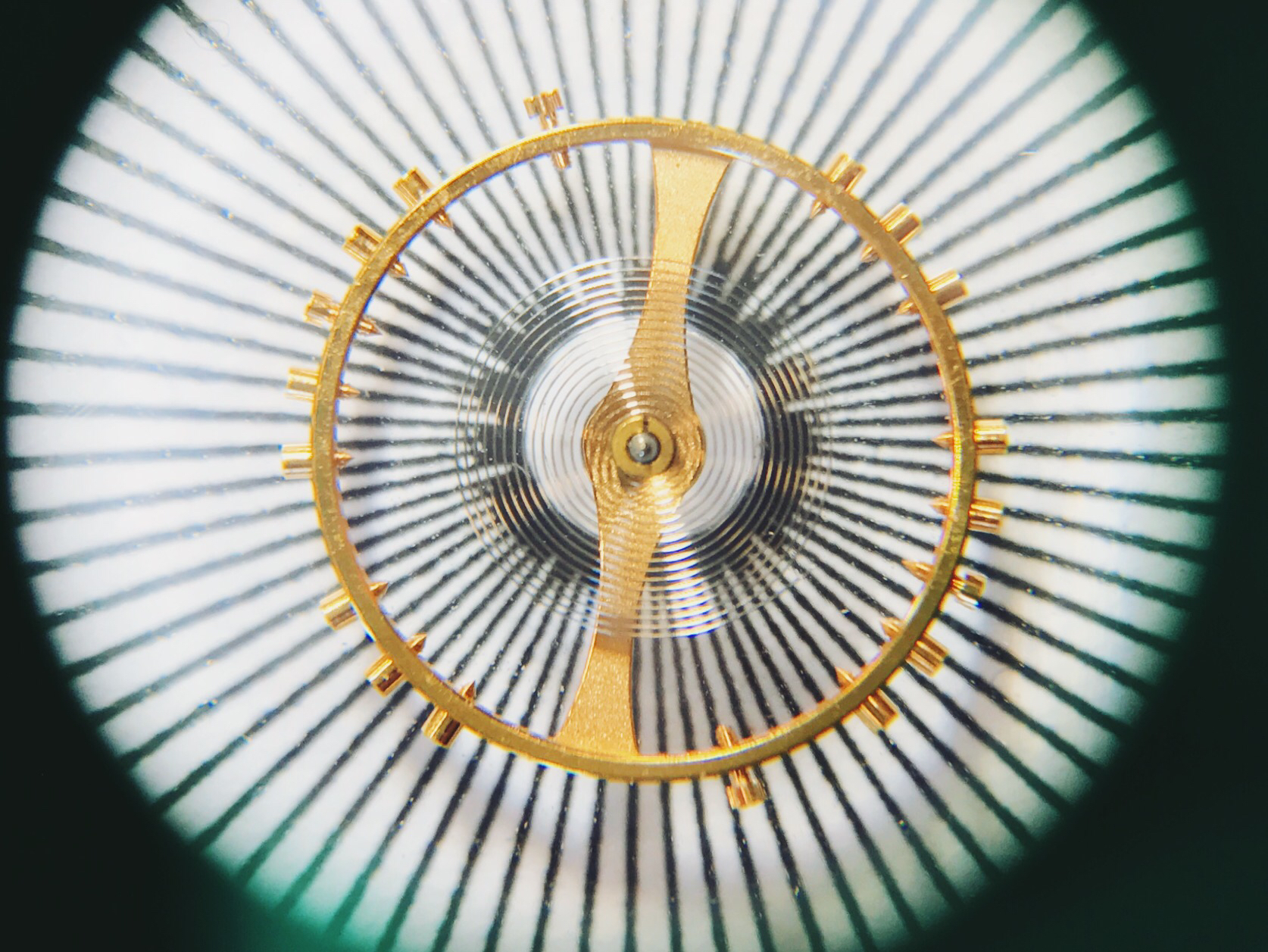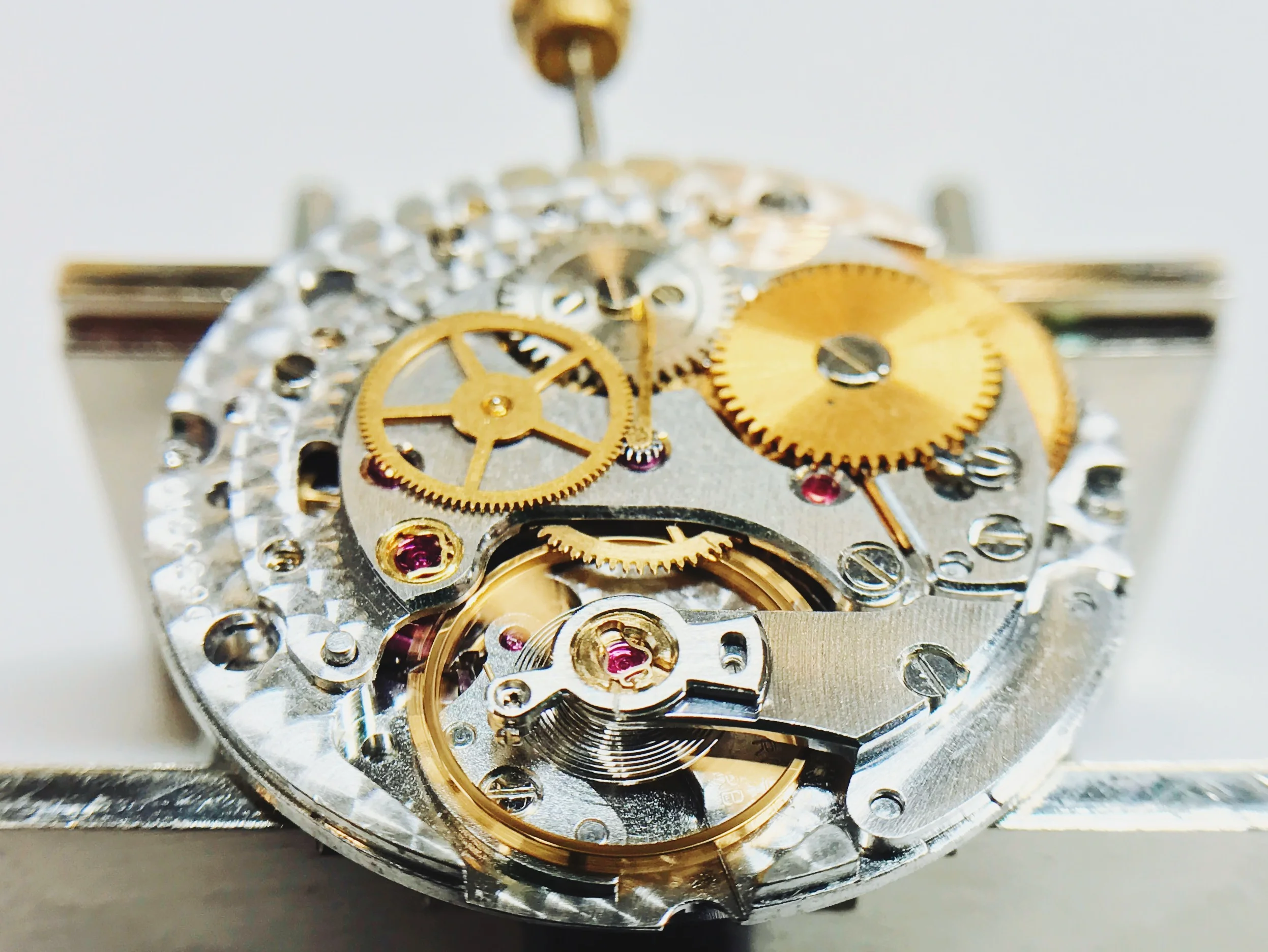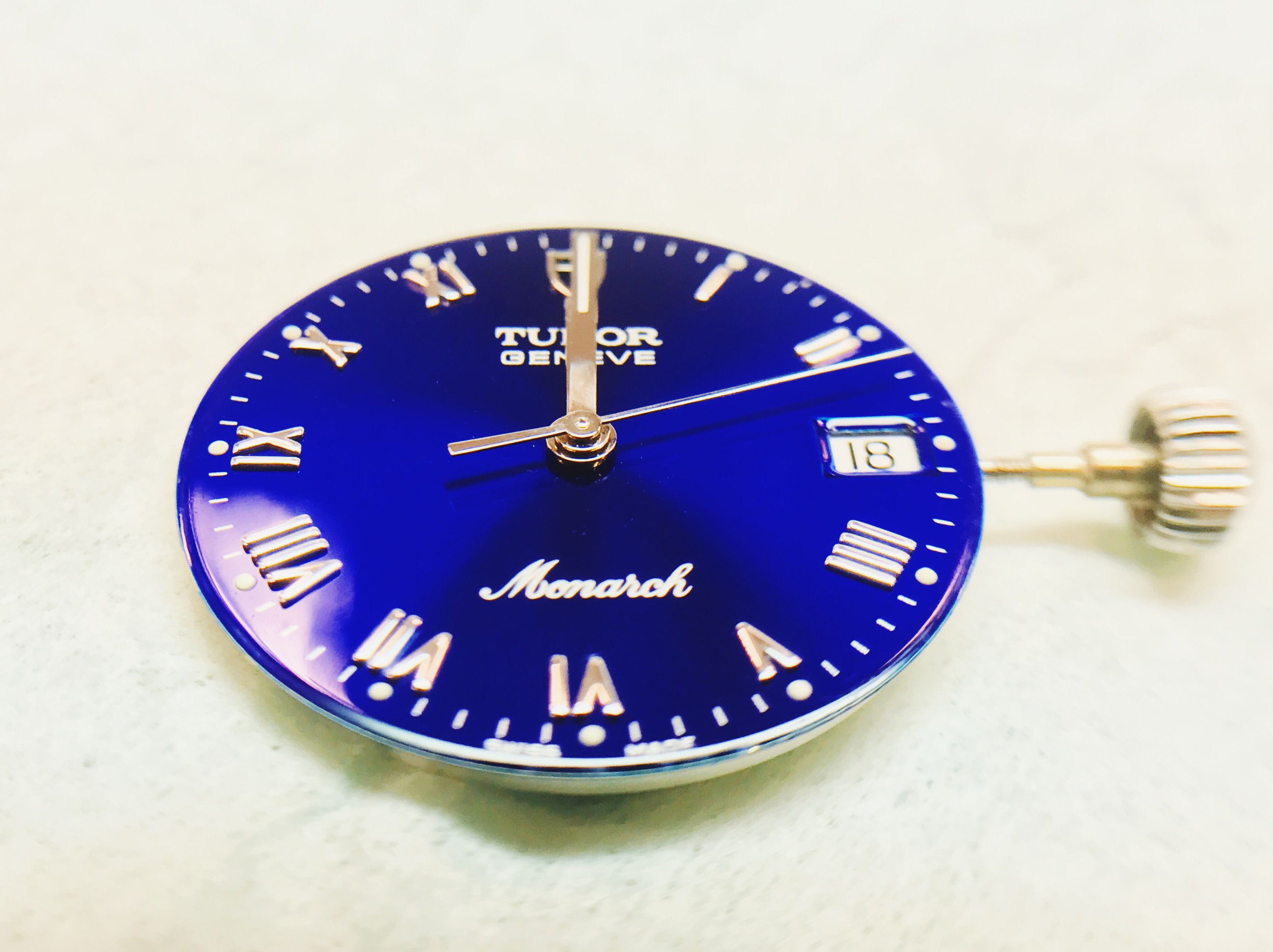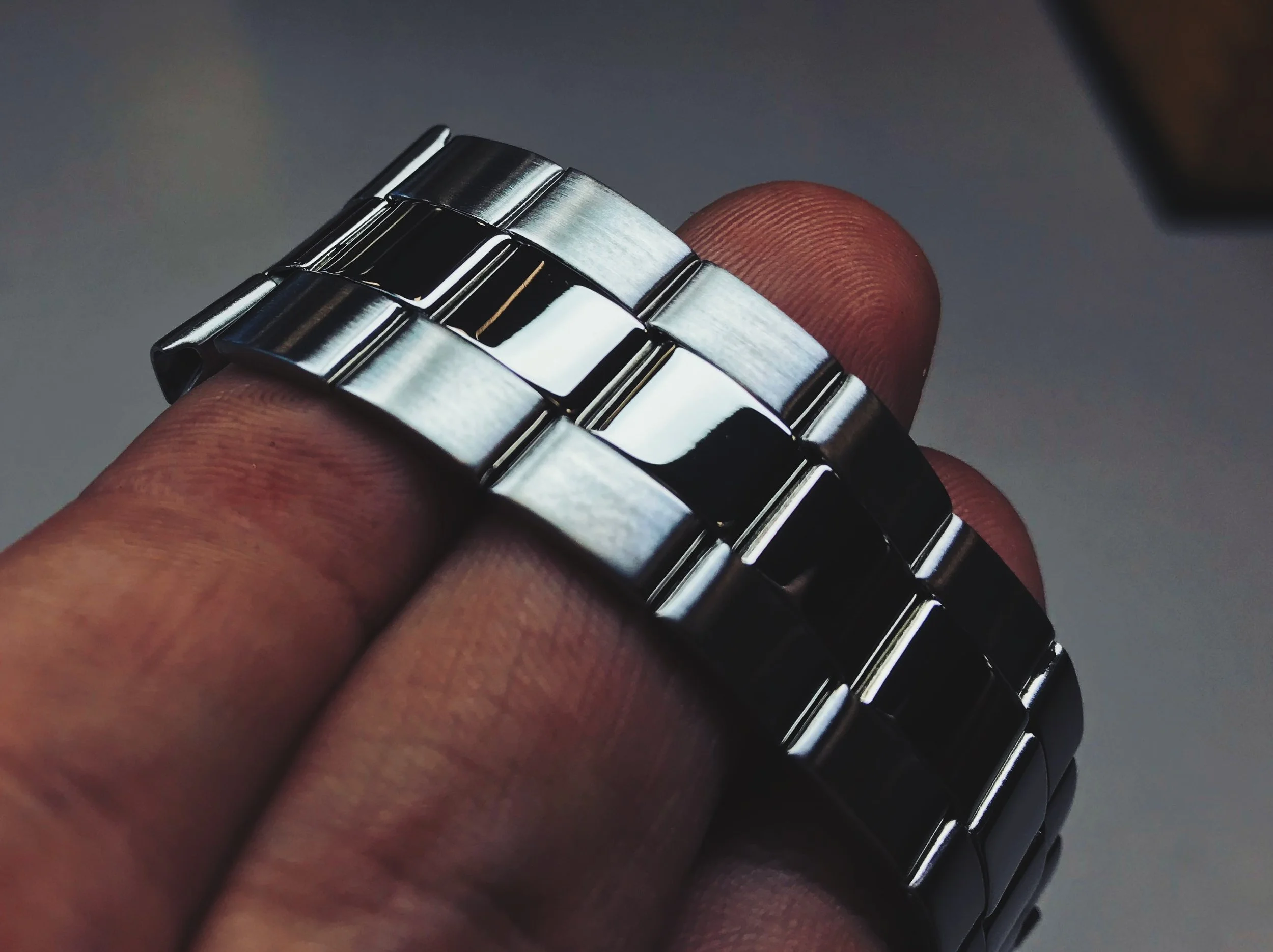Damage Repair
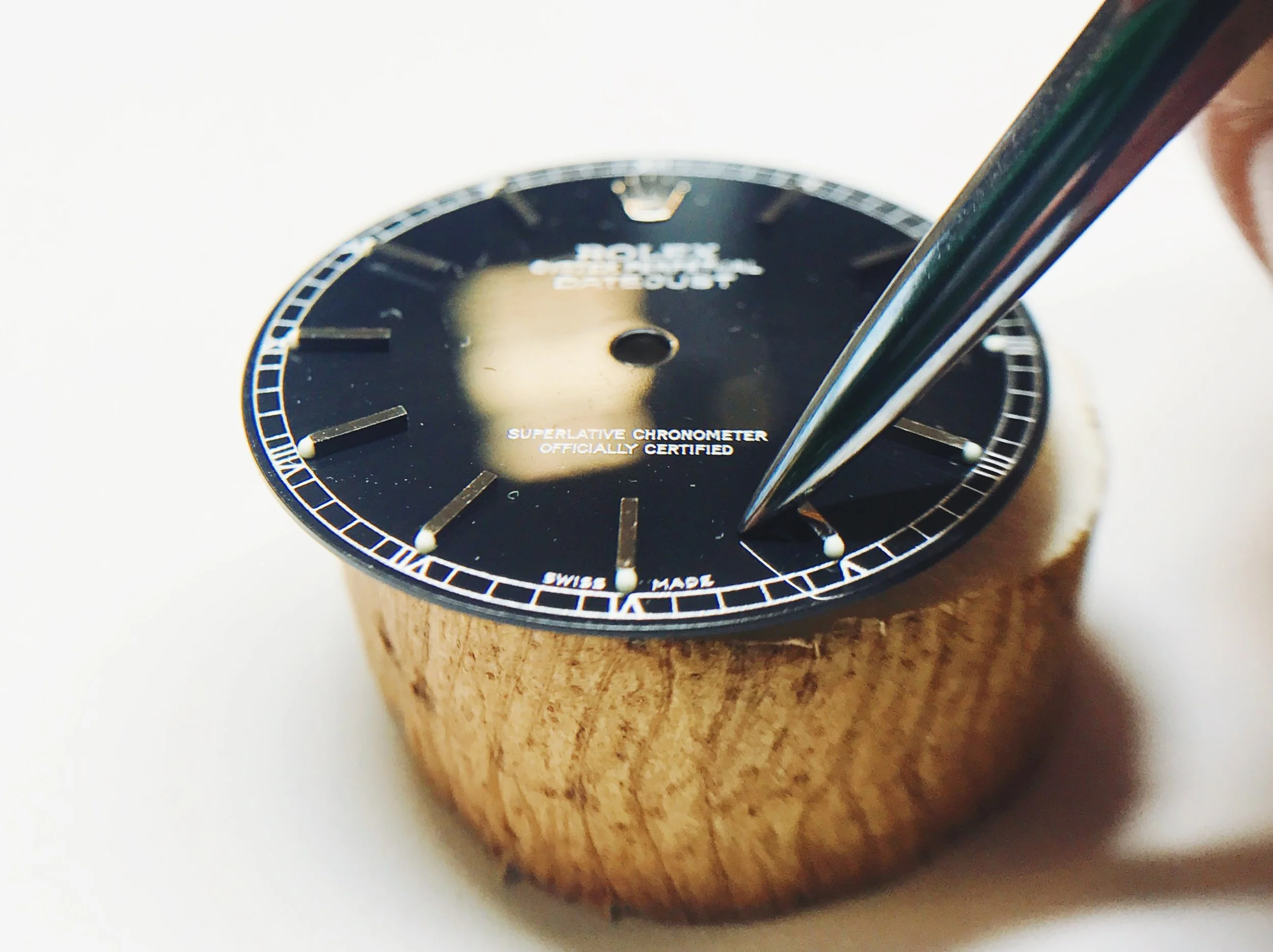
Our schedule is flipped today, so we're getting a taste of a new and exciting part of watchmaking: scratch repair.
Dials and cases are often the most expensive and difficult-to-replace parts of a watch, and any damage to either is unacceptable. That said, accidents happen—and sometimes parts come to you with preëxisting damage that the customer does not want to replace. Some of these parts can be repaired, if you're careful.
Today, we're repairing scratches with a burnisher. Scratches are caused by something hard forcing a softer material up and out of place, cutting a groove. The burnisher uses a polished steel surface to push that displaced material back into the groove, closing the scratch.
Our first attempts were to repair scratches that our principal made onto otherwise-pristine Rolex plexiglass crystals with a razor blade. I can hear the cries of vintage Rolex fans from here—but don't worry, they're just training materials!
While the burnisher can do incredible work with a fresh scratch, its power is limited by the amount of scratched-out material that remains. If a smooth burr exists that can be burnished back into the scratch, then it can appear almost seamless. Deeper cuts, especially ones that don't have their burrs, are significantly harder to close.
Our second repairs were made to the dial lacquer of training Datejust dials (which have been destroyed with a drill so they don't make their way back into general use). The soft lacquer is easier to repair, but requires an extremely light touch. Very light swirling can almost entirely close a scratch, but too much pressure will cut through the lacquer layer, causing even more damage.
This whole segment is a little backwards—we haven't yet learned to case/decase movements, so we don't know how to avoid causing this kind of damage in the first place—but it'll be extremely helpful down the line!
Watchmaking student at the Lititz Watch Technicum, formerly a radio and TV newswriter in Chicago.

